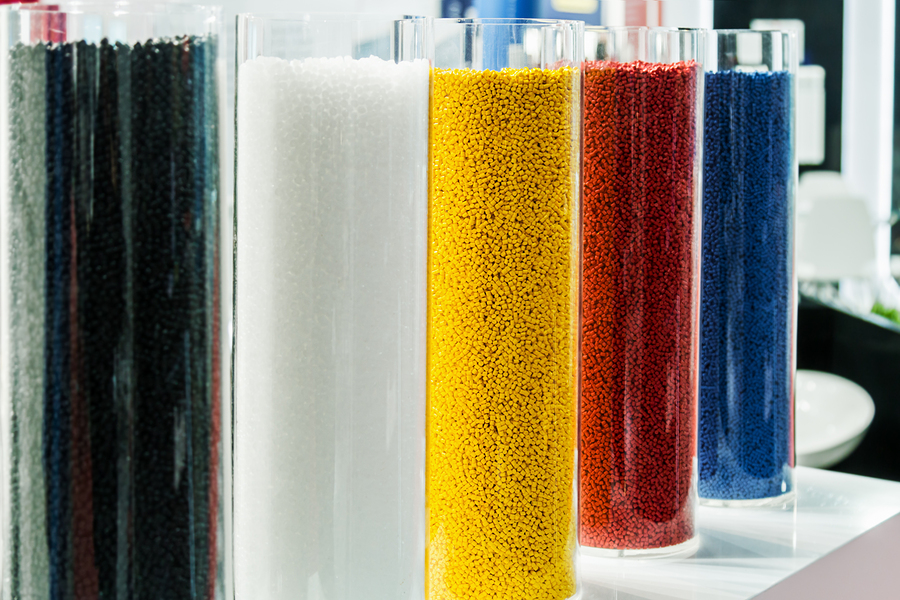Polypropylene continues to gain popularity in the injection molding industry. With its low-density consistency and chemical resistant design, it is often used to produce items such as medical devices and automotive parts. While polypropylene resins offer a host of benefits, it is important to monitor temperature thresholds during the melting and molding process. Below are ten tips for injection molding polypropylene resins.
1) Make sure you have the proper molding equipment
The path to successful injection molding begins with the proper molding equipment. Fortunately, polypropylene can be accurately molded using unaltered, standard single-stage screw molding equipment.
2) Consider pre-drying ONLY if you are using certain polypropylene resins
“In most plastics processing plants, resin dryers are a standard piece of equipment. The notable exception to this would be facilities that exclusively process polyolefins such as polyethylene and polypropylene. These are among the few polymer families that do not require drying because these material families are not hygroscopic.”
– Michael Sepe, Plastics Technology
Unlike most highly polar commercial polymers, polypropylene is a non-polar substance, enabling you to skip the pre-drying process. The only resins that may require pre-drying are a few filled polypropylene resins. This advantage enables you to save time during the injection molding process.
3) Use a melt temperature range of 400° F to 500° F
Using melt temperatures that are higher than 500° F can lead to flashing, warpage, shrinkage, and burning. Temperatures lower than 400° F, on the other hand, can result in flow marks and poor quality surfaces. As you set your melt temperature, try to achieve a melt temperature that is 25-50° F higher than the minimum fill temperature.
4) Strive for an injection pressure range of 800 to 1,500 psi
Injection pressure is another variable that can help control common injection molding problems with polypropylene resin. While the injection pressure you set should reflect the item’s construction and size. In general, pressures should be able to fill roughly 99% of the part to prevent problems with flashing and sticking.
5) Do not rush the injection process
Be prepared for the injection process to consume the majority of each overall cycle. While injection time does not significantly impact warpage, patience with the injection process is important because accurate injection is the primary factor in controlling shrinkage.
6) Select a mold temperature of roughly 50-150° F
Mold temperatures should be carefully set to reduce stress and surface imperfections. Mold temperatures of 50 -150° F help to prevent these pitfalls. Additionally, make sure that the mold is cooled uniformly in order to facilitate the component’s ejection from the mold.
7) Never rush the hold time
Hold time plays a critical role in preventing warpage and shrinkage. Resisting the urge to remove the part from the mold before it has been able to cool sufficiently is therefore important. Allowing the part to cool to approximately 130° F is recommended to produce satisfactory results.
8) Use minimal back pressure to improve your cycle time
The ideal back pressure for polypropylene injection molding is typically between 50 and 100 psi. Back pressure within this range can help improve your cycle time. The exception to this rule of thumb is cases that require pigment mixing.
9) Adjust your mold or polypropylene grade if sticking occurs
Sticking is not common with polypropylene because it possesses superb release properties. However, if minor sticking occurs, you can easily correct the sticking by making minor changes to the mold or using a grade of polypropylene that has been internally lubricated.
10) Seek the support of a trained industry professional
The single best way to ensure your satisfaction with polypropylene resin injection molding is to enlist the guidance of a leader in the injection molding industry. We invite you to contact us for more injection molding tips. With nearly 50 years of industry experience, Proto Plastics has the resources and expertise to help you develop a seamless injection molding process. We look forward to hearing from you!
